Hello, everyone, welcome to “Inconvenient Truths”. I am your host Jennifer Zeng.
I am not sure if you have heard about the Mekong River. It is the most important water system, the longest river in Southeast Asia, the 6th longest in Asia and the 10th longest in the world. It originates on Tibet and flows through six countries. Early this year, it once again experienced a serious drop in water levels, causing widespread international concerns, and a lot of people in this area were affected. Today I’d like to give you an idea about how the CCP turned this river into a political chip to control Southeast Asia. It’s definitely one of the CCP’s “Unrestricted Warfare” methods against the world.
Mekong River: From Water Abundance of to Water Crises
First, let’s give a brief introduction of the Mekong River. Let’s show Picture 1. You can see from the map that the upper reach of the Mekong River is the Lancang River inside China. The six countries it flows through are China, Myanmar or Burma, Laos, Thailand, Cambodia and Vietnam. Then it flows into the South China Sea.

Mekong River watershed
So the lower and upper reaches of the river are collectively known as the Lancang-Mekong River. It has a main stream of more than 4,000 kilometers, or 2485 miles. About 70 million people are directly dependent on the Mekong River for their livelihoods.
This river was originally very rich in water resources, but has been experiencing frequent water crises since 2010.
So what happened?
An organization called Eye on Earth did some research and published a report called Monitoring the Quantity of Water Flowing Through the Upper Mekong Basin Under Natural (Unimpeded) Conditions. This study developed a reliable and simple model that predicts the natural flow of the Upper Mekong, then used this prediction to determine how the cascade of dams built on the Upper Mekong is altering the natural flow of the river. The foundation of this study is based on satellite data from 1992 to 2019 and daily river height gauge data from a place called Chiang Saen in Thailand.
Let’s show Picture 2. It shows the time series of gauge and model predicted measurements at Chiang Saen from Jan 1992-March 2019. The green color is the difference field. If the values are negative, the gauge is missing water, and if they are positive there is excess water at the gauge.

Time series of gauge and model predicted measurements at Chiang Saen from Jan 1992-March 2019. The green is the difference field. If the values are negative, the gauge is missing water, and if they are positive there is excess water at the gauge. Source: Eyes on Earth
So by simulating the flow of the Mekong River from 1992 to 2019, and comparing the data before and after the dams were built, Eyes on Earth concluded that the construction of upstream dams by the CCP has affected the volume of water in the Mekong River.
The report says, “Considerable differences in measured and predicted flow occurred in 2010, when the major Xiaowan dam was completed and the generators came online.”
The report also says, Xiaowan reservoir “can hold about seven times the amount of water as the previous three reservoirs combined, therefore its ability to regulate and restrict flow rises to another order of magnitude. The capacity to restrict flow is clearly demonstrated in the relationship between predicted natural flow and measured flow, since a large quantity of water is ‘missing’ at the gauge during the warm season, when river flow normally would greatly increase, due to melting snow and recent precipitation on the Tibetan plateau.”
Let’s show Picture 3. This is an enlargement of the time series between 2010-2019. We can see that most of the time the green line is in the negative area, which means that water is missing due to the restriction of the dams.

This is an enlargement of figure 1 over the years 2010-2019. Source: Eyes on Earth
Number Games To Shift Responsibilities
In 2010, Thailand, Laos, Vietnam and Cambodia all complained to the CCP about the serious drop in water levels in the Mekong River, arguing that the CCP’s dams were causing the drought downstream.
However, the CCP didn’t agree, and claimed that the annual flow of the Lancang River was only 13.5 percent of the Mekong’s flow to the sea, and with such a small percentage, it could not affect the overall situation.
Is that really the case? A German-based expert Mr. Wang Weiluo said to the Epoch Times that the CCP has been playing number games to shift the responsibilities. Many of the data of China’s rivers are kept secret. Even the disclosed data are often contradictory.
Wang Weiluo said, for example, the CCP has two sets of data about the average annual outflow of the Lancang River at China’s border. One set says 64 billion cubic meters, another version says 76 billion. So the difference is 12 billion cubic meters.
If one takes 76 billion as the true number, the annual flow of the Lancang River would be 16 percent of the Mekong’s flow to the sea, not the 13.5 percent claimed by the CCP.
Wang Weiluo said, the CCP once also claimed that China has 18.6 percent of the water rights of the Lancang-Mekong River, meaning that 18.6 percent of the water resources belong to China.
So the point is, the CCP’s numbers keep changing, from 13.5 percent to 16 percent, and then to 18.6 percent.
When discussing rights, the CCP chose 18.6 percent, but when it comes to accountability, it chose 13.5 percent.
Wang Weiluo also said that the 13.5 percent is the result of dividing the average annual runoff at the exit of the Lancang River by the average annual runoff at the mouth of the Mekong River.
However, it is not the right way to measure it. The right way is to look at the section of the river near China, that is, the section right after the Lancang River flows out of China. That is, if you check the river section that is just out of China, and within, say, 300 kilometers from the Chinese border, you will find that 2/3 of the water comes from the upper reaches of China. If you stop the water inside China, the people downstream will of course immediately scream that they don’t have any water coming down.”
Now let’s show Picture 5. It is a table of the average volume for the dry season and its ratio to annual volume along the Lancang-Mekong mainstream. Please look at the red square in the top line. It shows that during the Mekong’s dry season, the outflow from the Jinghong dam in China has reached 41 percent of the flow of the main stem of the Lancang-Mekong River between 2010 and 2015.

Average volume for the dry season and its ratio to annual volume along the Lancang-Mekong mainstream. Source: Mekong River Commission and Ministry of Water Resources of China
This table is taken from a report jointly issued by the Ministry of Water Resources and the Mekong River Commission.
It confirms the viewpoint that the dams hold a large percent of water of Mekong, not a small percent as claimed by the CCP.
The problem is, the CCP has built not only just a few small dams. According to the report by Eyes on Earth, in addition to the Xiaowan Reservoir we just talked about, the CCP also built the larger Nuozadu Reservoir on the Lancang River, with a capacity of 27.49 billion cubic meters. Its first generator was commissioned in 2012, and the impact on the downstream exceeds that of the Xiaowan Reservoir.
A Helping Hand, or A Political Chip?
While the CCP chose to ignore the drought in the Mekong River Basin in 2010, it went out of its way to offer help six years later.
In 2016, Vietnam experienced a severe drought, with some coastal areas encroached by seawater due to a reduction in river water.
According to the CCP’s mouthpiece Xinhua, the CCP extended a helping hand to the lower Mekong countries by releasing water from the dams, and raising the water level during the Mekong’s dry season.
Wang Weiluo said that in 2016, during the CCP’s “disaster relief” period, it released at least 1,000 cubic meters per second of water into the lower reaches of the Mekong River every day. This scale exceeded the flow of the Lancang River during the dry season, and was five times the natural flow of the lower reaches.
This also means that the CCP has actually taken control of the “water tap” of the Mekong River. If the CCP turns the tap on, the lower reaches can have water; if it turns the tap off, the lower reaches will have little water.
So why did the CCP choose to help in 2016? It’s all out of political considerations.
In 2014, Chinese premier Li Keqiang proposed the establishment of the Lancang-Mekong Summit at a meeting with leaders of other Asain countries.
Two years later, in March 2016, the first Lancang-Mekong Summit was held in Sanya City, Hainan Province in China. Leaders from 5 countries of the Lancang-Mekong River region attended the summit. Let’s show Picture 6. We can see that Xinhua reported the summit in a very high profile manner. So the CCP took this opportunity to show its “friendship” by releasing water downstream.

Xinhua’s special reports about the first Lancang-Mekong Summit in March 2016.
Chinese premier Li Keqiang made a speech at the summit and mentioned that it was necessary to build a “Community of Shared Future” among Lancang-Mekong countries, and that “China has signed or is negotiating with several Mekong countries the initiatives to build ‘One Belt, One Road’ projects. ”
Therefore, showing some good gesture was a political need for the CCP at that time. The “disaster relief” effort could also pave the way for the CCP to invest in Southeast Asian countries.
According to Chinese media China Times, accompanying the first-ever Lancang-Mekong summit in 2016 were a list of 78 projects, a special fund for Lancang-Mekong cooperation, a 10 billion RMB (1.55 billion USD) loan and a 10 billion USD credit line, all provided by the CCP.
What Can the CCP Gain from Mekong Countries?
Why was the CCP interested in offering help? Its aim was to gain natural resources in those countries, to expand international trade, to export excess domestic capacity through the Belt and Road projects, to build a strategic partnership and to deepen relationships with other countries in the region.
Another purpose is that the CCP can also expand its shipping routes. It could gain the opportunity to create an alternative shipping route to the Strait of Malacca, which is to open up an alternative route to the South China Sea through the Mekong River. This route could help the CCP to import energy such as oil, and to reduce the control that the US and Japan have over the shipping routes.
What Harms Has the CCP done to the Lancang-Mekong River?
Then what have the dams done to the people of the Lancang-Mekong River Basin? We can say a lot of harm. Not only do they suffer from frequent droughts, but their fishing industry has also suffered a significant impact.
Why? First of all, after the reservoirs were built, the sediment could not go down, while the nutrients for fish were contained in the sediment. So this means that the fish downstream cannot get those nutrients any more.
Second, the temperature of the water inside the reservoir is several degrees lower than that of the normal river water. The lower temperature disrupts the fish breeding. Fishermen have been complaining that their harvest has been decreasing, and they worry that they will lose the basis of survival in the near future.
While people outside China are suffering, people inside China are not benefiting from the dams either.
Why?
First of all, the height of the dams of the Lancang River is very high, most of them are over 100 meters, and the highest one reaches 294.5 meters. So after the construction of the reservoirs, local farmers had to move up to the mountains, where the land is very poor and not suitable for farming.
Secondly, the local farmers’ irrigation water is restricted because the water is now restrained by the hydropower stations.
Third, the subsidies provided by the CCP to the reservoir migrants actually came from the Chinese taxpayers, not from the money earned from the hydropower stations.
There is another huge problem that is often overlooked, that is, the flooding of the Lancang River is relatively large, with a maximum measured flow peak of 12,800 cubic meters per second.
In the meantime, the Xiaowan Reservoir has a flood discharge capacity of 20,000 cubic meters per second, which is much higher than the largest flood ever measured in history.
Therefore, if any problem occurs, for example, if the Xiaowan Dam breaks, or if the CCP chooses to release the water in the reservoir to reduce the pressure on the dam, people downstream, including those at the Mekong River Basin, will be greatly threatened.
Another problem is, while the hydropower stations have brought a lot of damage and threats, some of the electricity generated by them has become the so-called “abandoned power”, meaning that the electricity generated is not used and is wasted on nothing.
For example, in 2016, due to overcapacity, 31.4 billion kilowatt-hours of hydropower were wasted in Yunnan Province, and hydropower stations on the Lancang River were facing the same problem.
To reduce the “abandoned power”, the CCP had to invest in transmission lines to send electricity from Yunnan to places with higher demand, such as Guangdong Province. The investment in these hydropower stations and transmission lines seemed to be of no benefit other than helping the CCP to generate more GDP.
Mekong River: A New Geopolitical Hotspot
In recent years, the international community has become increasingly aware of the threat posed by the CCP to Southeast Asian countries, the United States and Japan have taken corresponding actions. The Mekong River has become a new geopolitical hotspot.
One of the key points why the Mekong River has become a political bargaining chip for the CCP is the lack of information transparency. Although the CCP claimed in 2020 that it would share hydrological information on the Lancang River, it has never done so.
The normal international practice for transnational rivers is that the river basin countries basically follow three principles: first, to make fair and reasonable use of the water resources of the transnational rivers; second, not to cause significant damage to other countries; and third, to notify other countries in advance of any construction work on the rivers, and only after obtaining their consent can the work begin. ”
Unfortunately, the CCP doesn’t follow international norms, as it has become accustomed to not only keeping everything in the dark, but also doing everything in the dark.
OK, That’s all for today’s “Inconvenient Truths”. YouTube keeps on suppressing my channel in a variety of ways. So please do help me by subscribing to and sharing my channel. Please also like my videos, leave some comments and keep checking if there are new videos.
Thank you. See you next time!
3/4/2021 *
Truth Saves Lives. Subscribe and support! 真相能救命。請支持!
Donate to me directly 直接捐款:https://donorbox.org/inconvenient-truths-by-jennifer-zeng
Subscribestar 會員頻道: https://bit.ly/3fEzeJB
YouTube 油管:bit.ly/3b87DPj
GoFundme 衆籌:https://bit.ly/2zx6LVw
Patreon 網站:https://bit.ly/3cvBy3H
Paypal 捐款:http://paypal.me/JenniferZeng97
Bitcoin 捐款:bc1qlkkvwyvw96x3xx6jgzkhlnnv0nv3d9vm078vfd





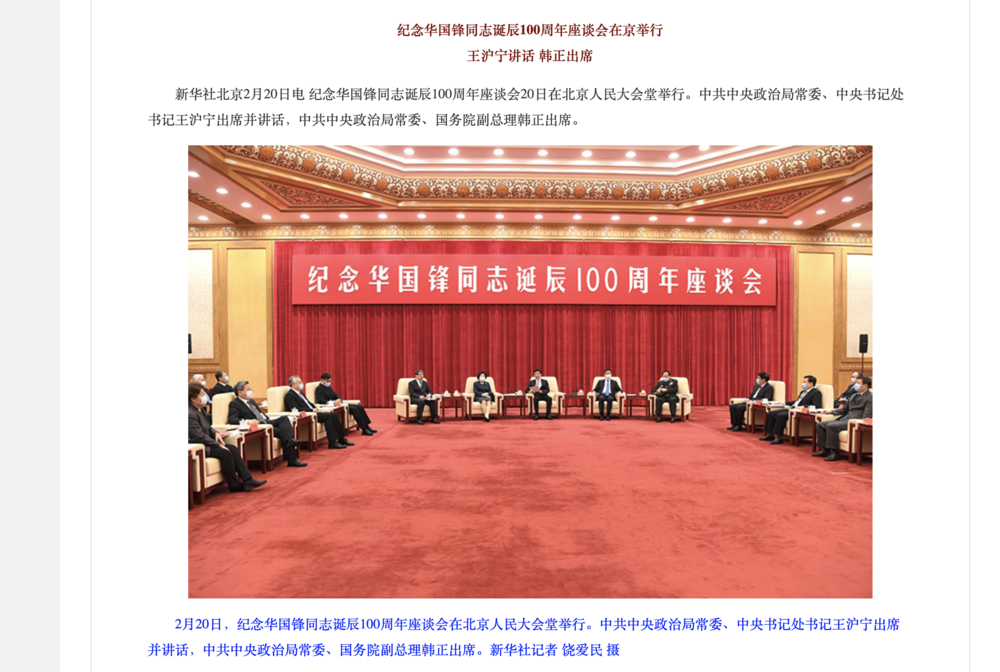
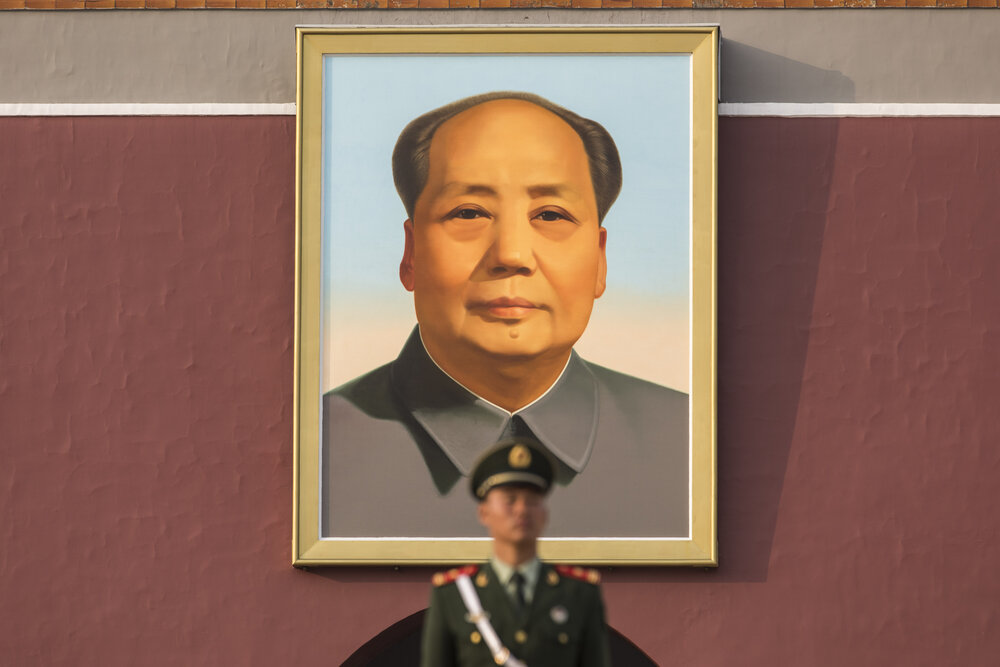

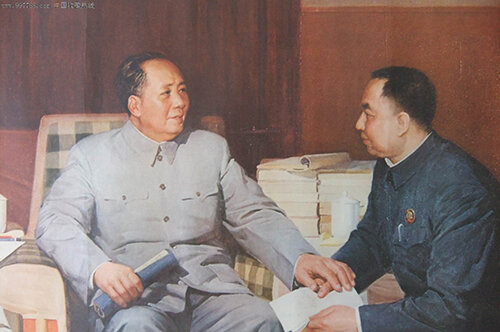
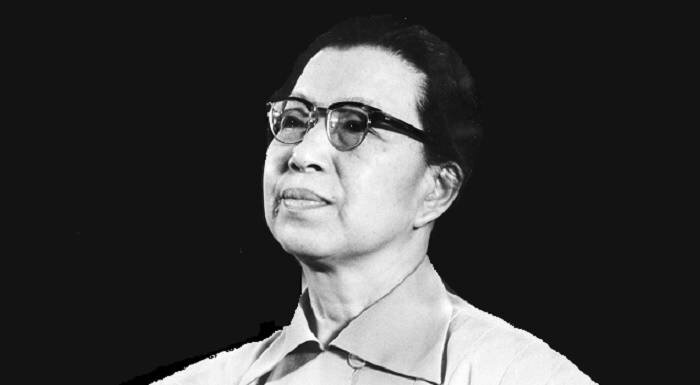
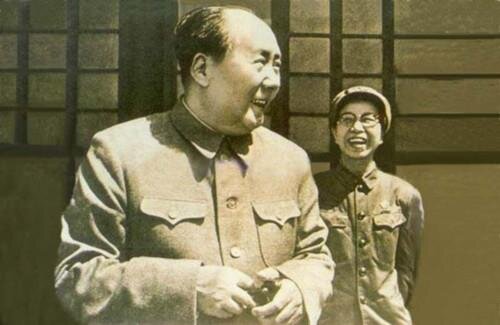
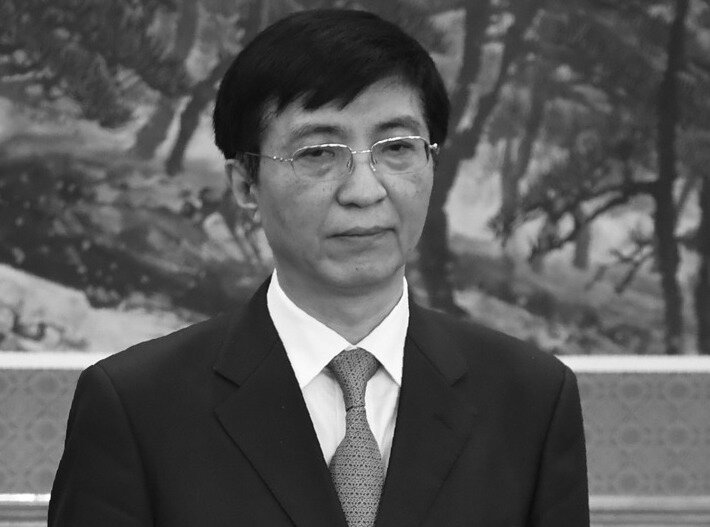

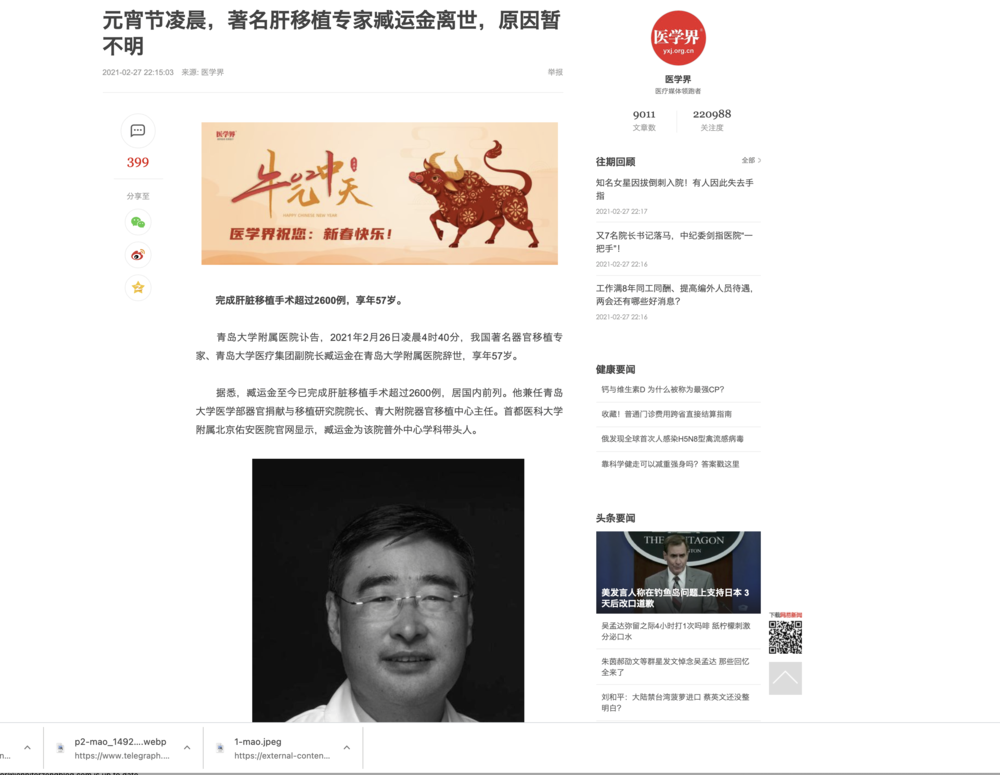

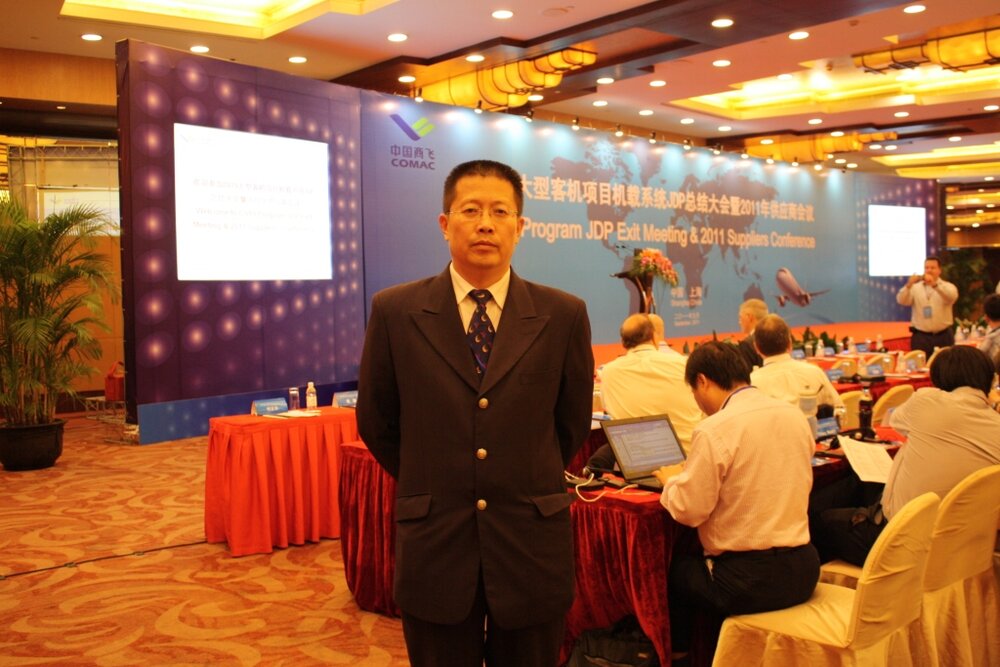
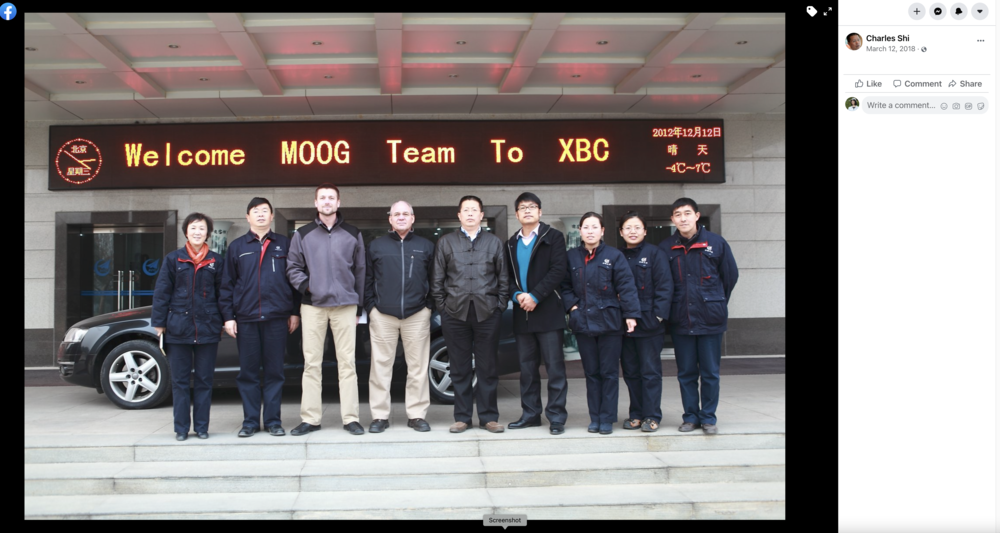
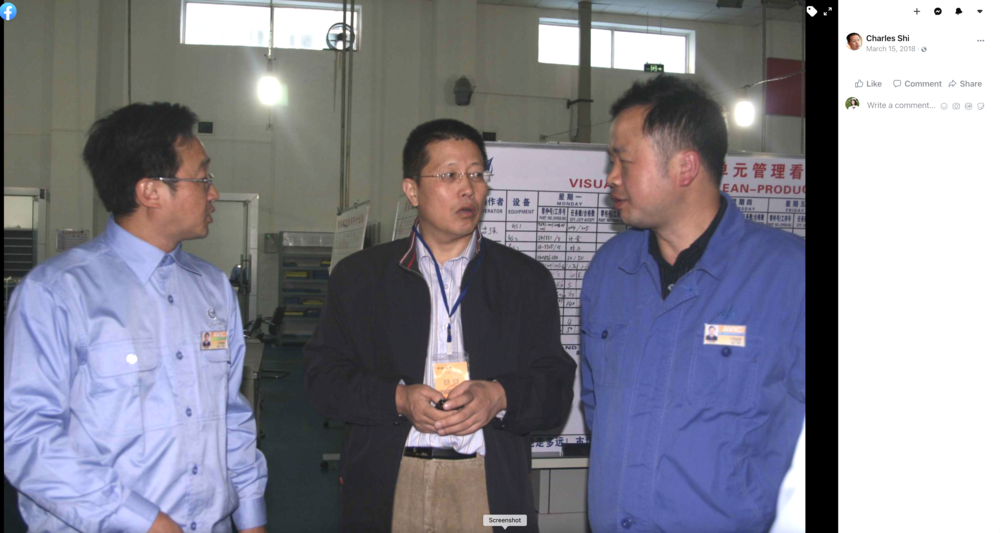
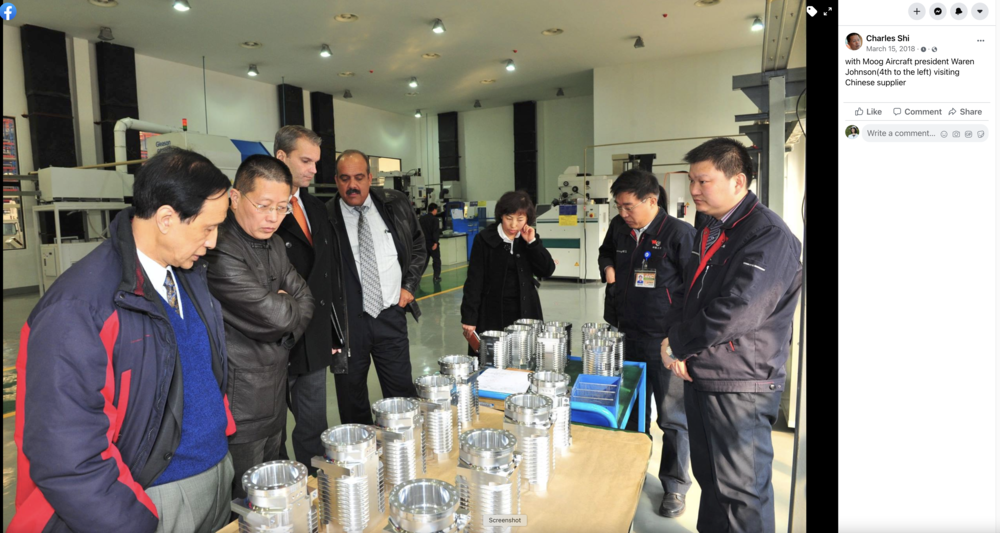
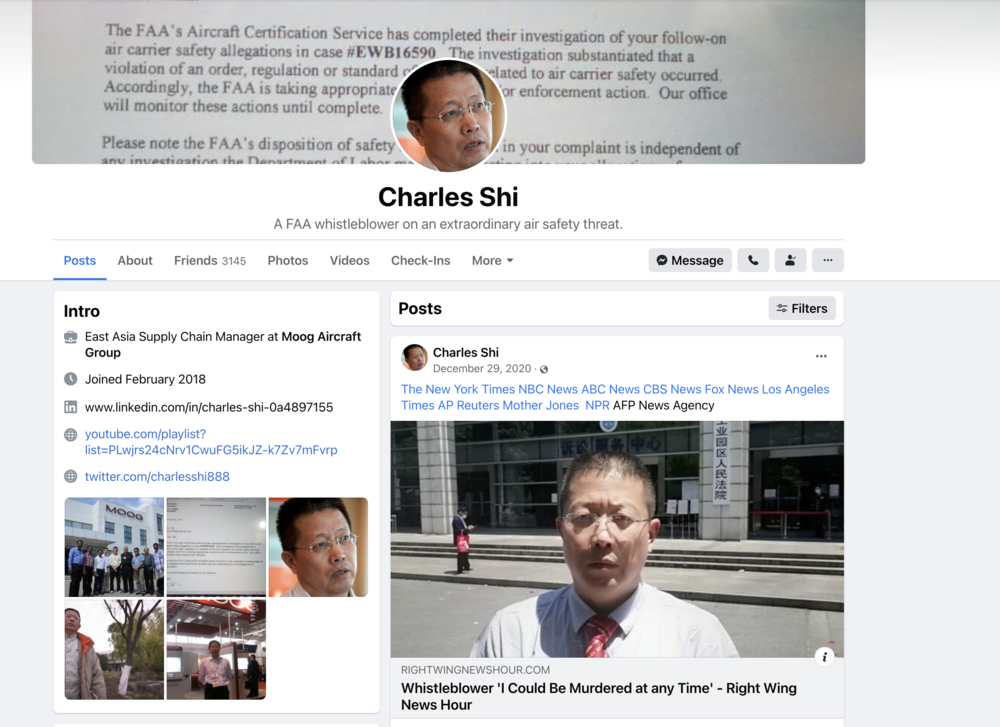
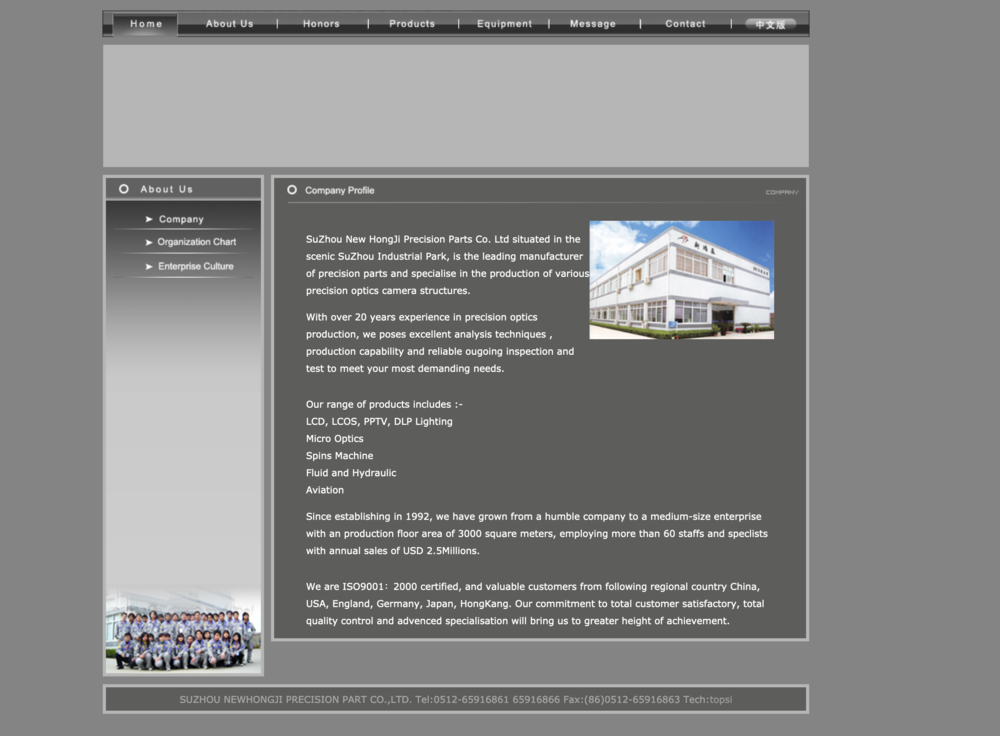

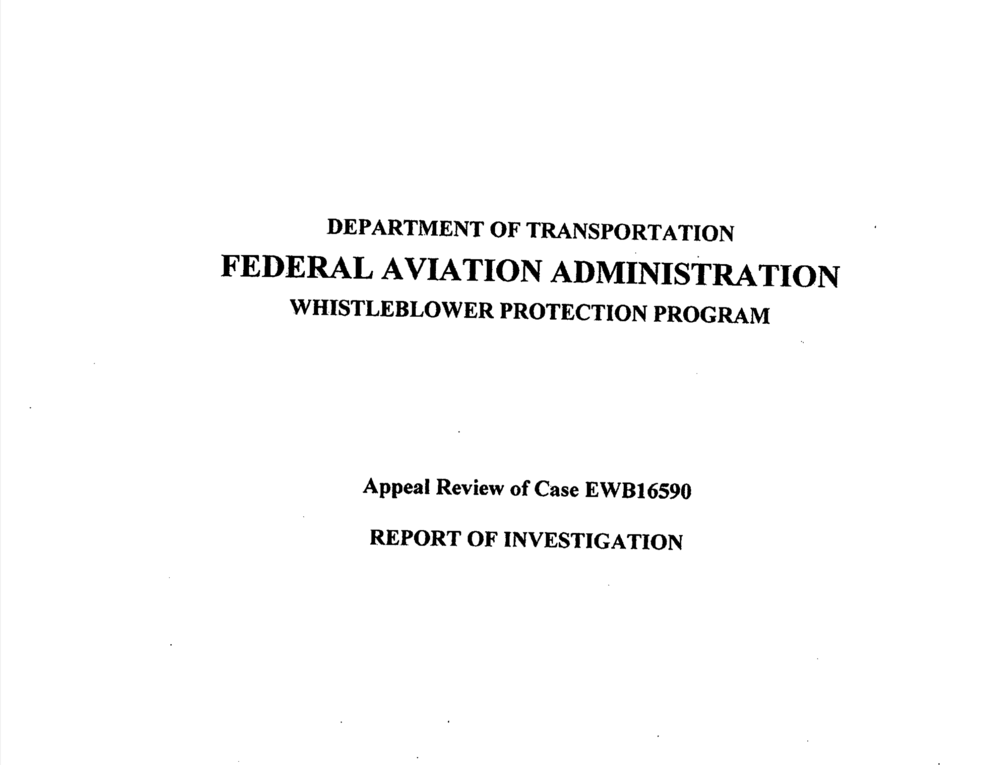
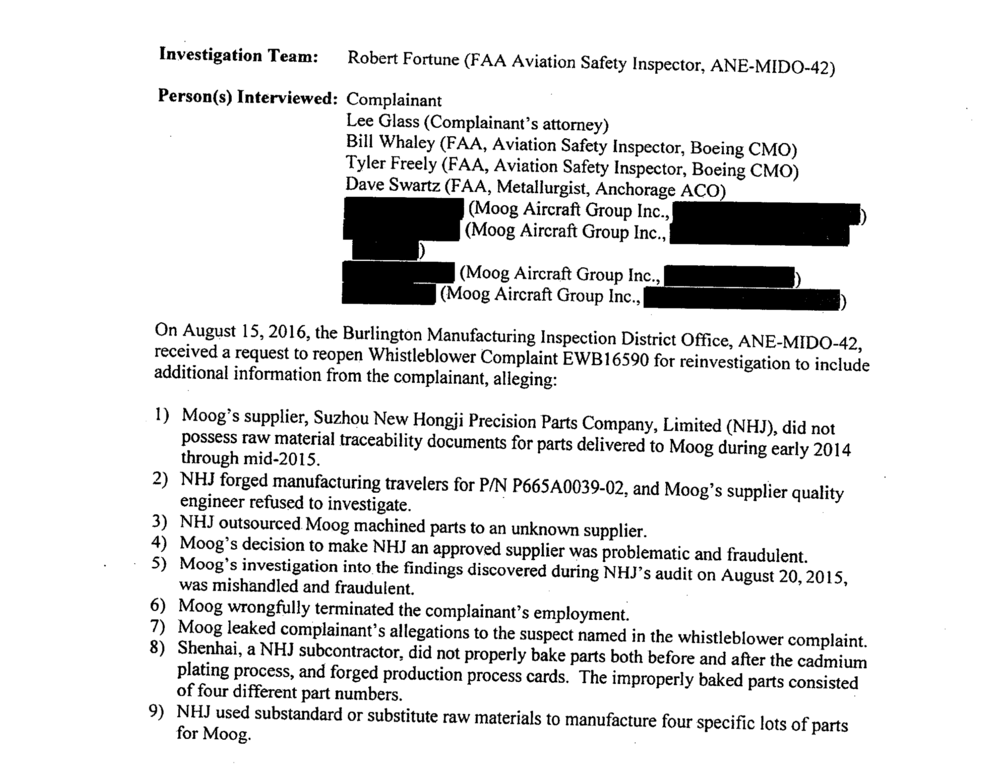
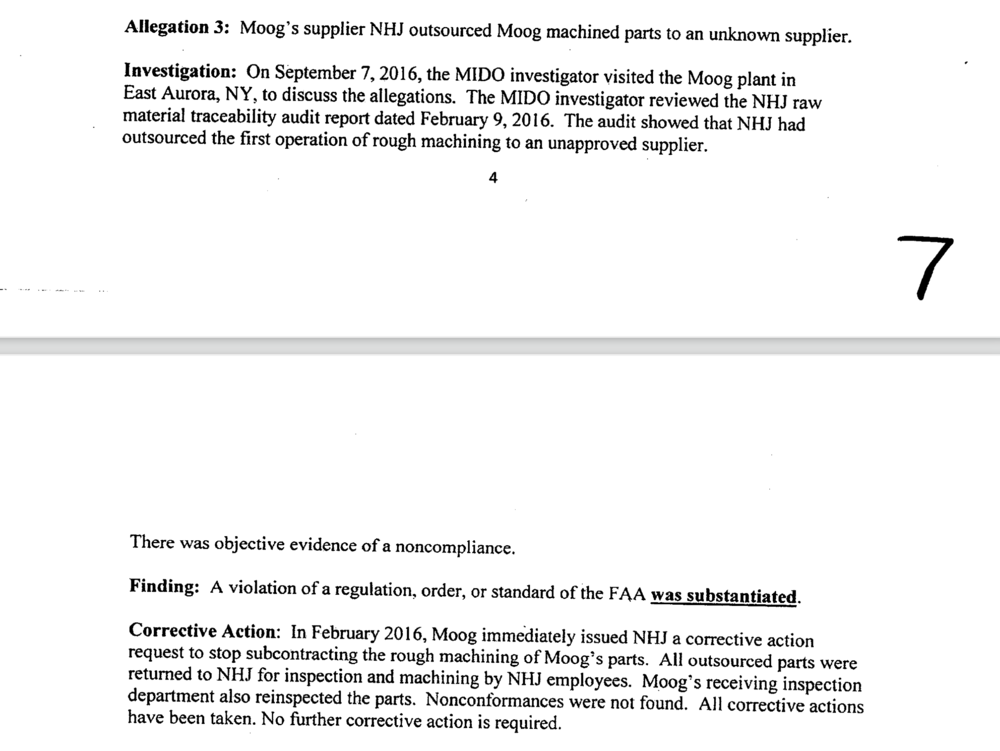
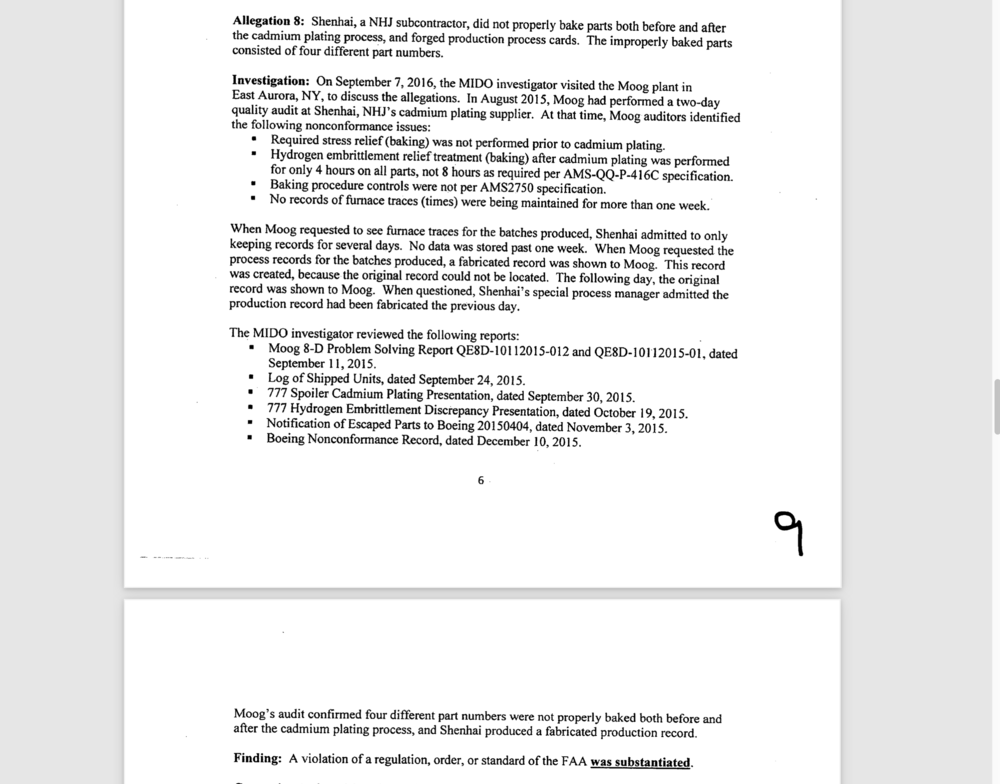
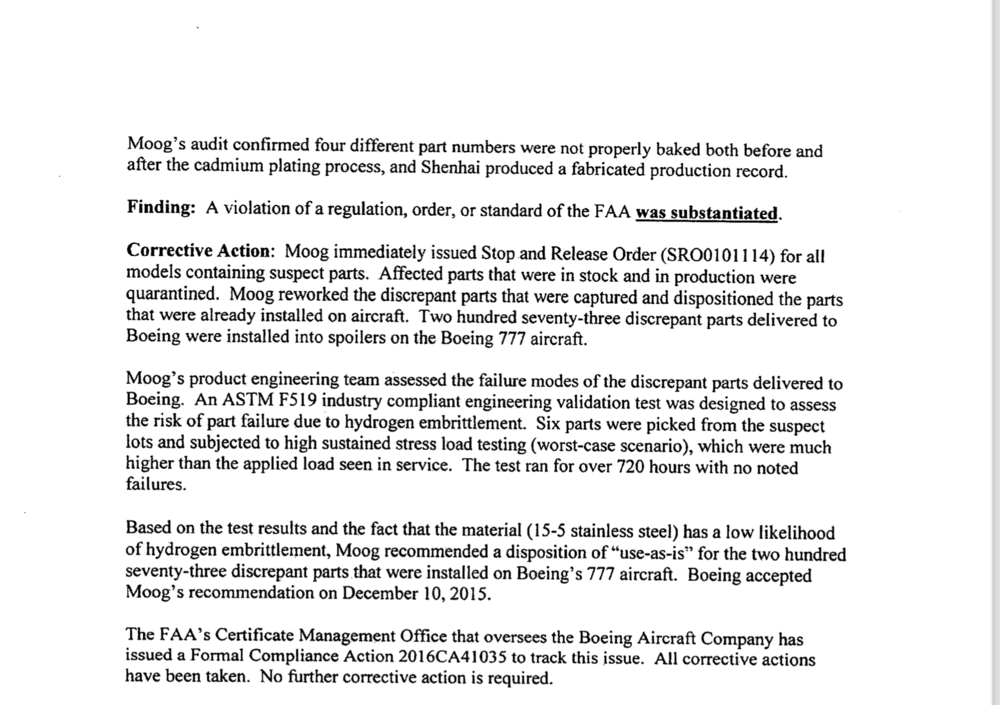
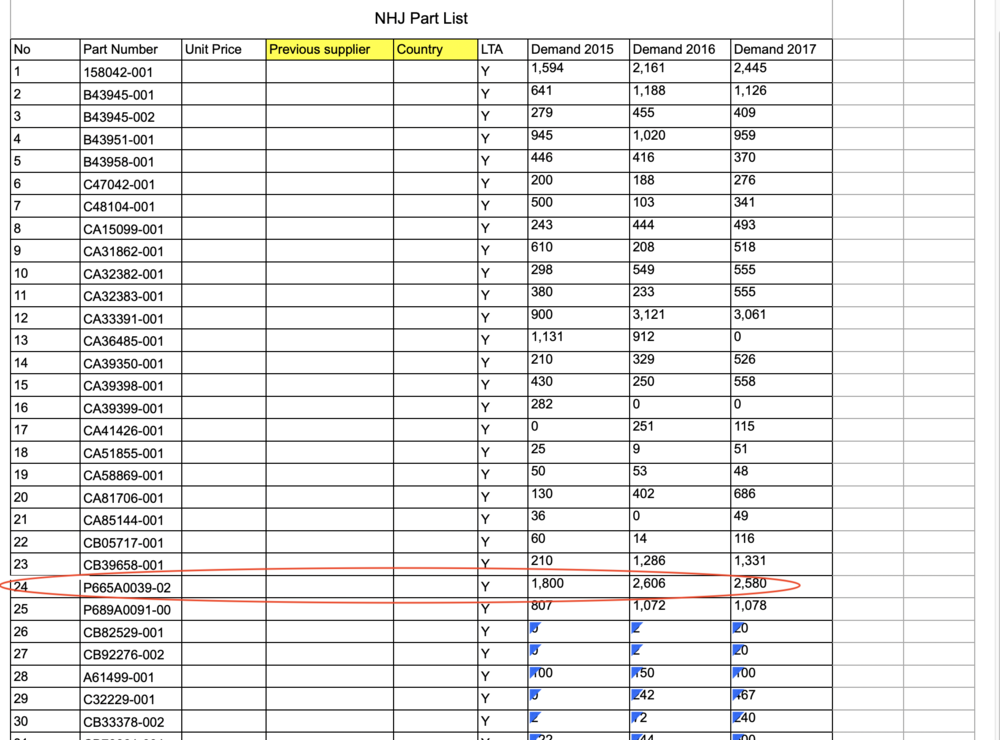

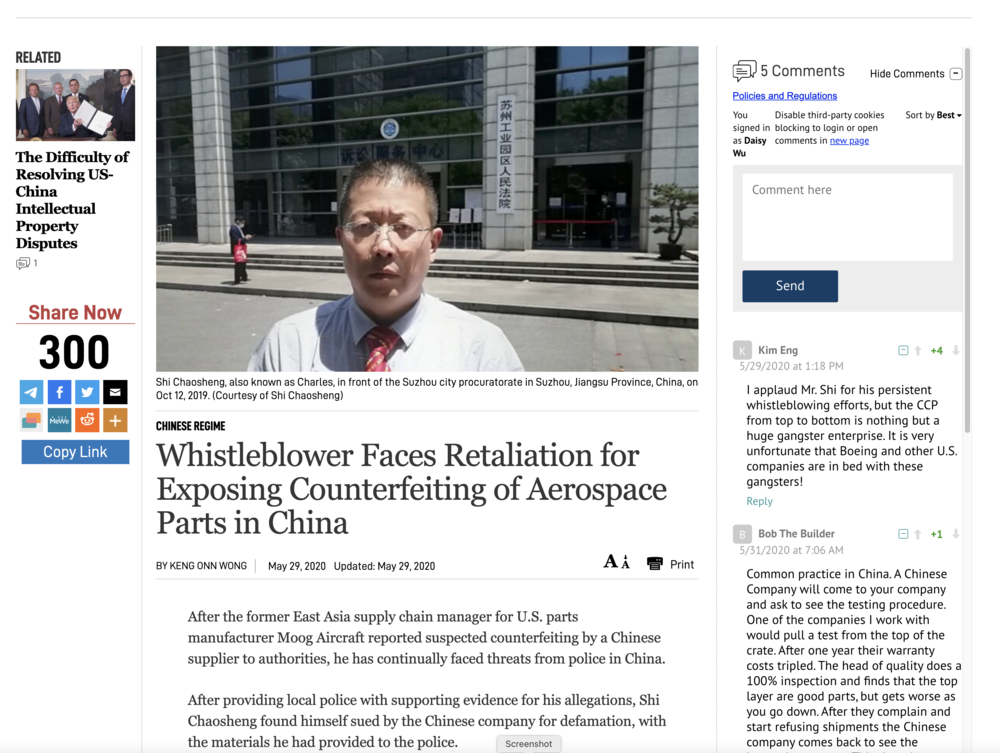
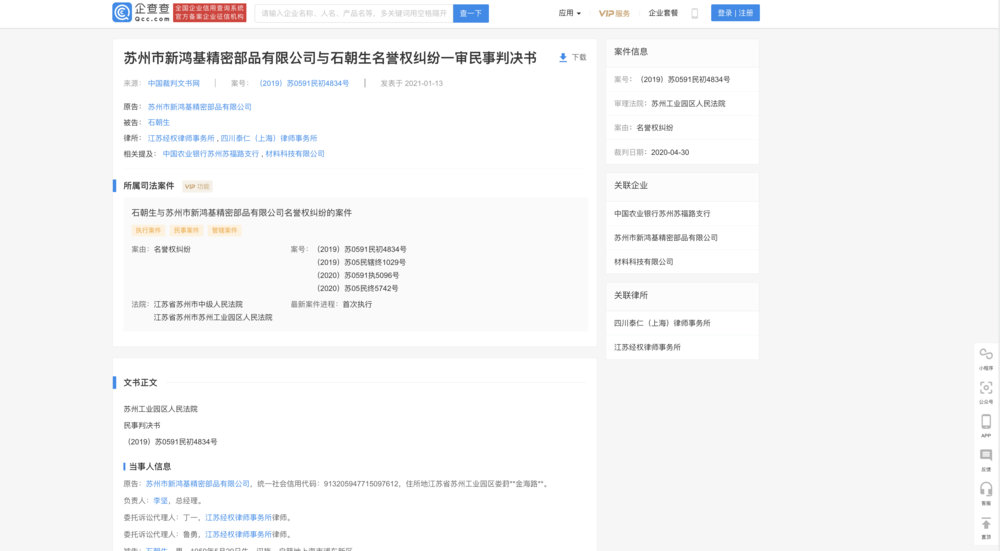

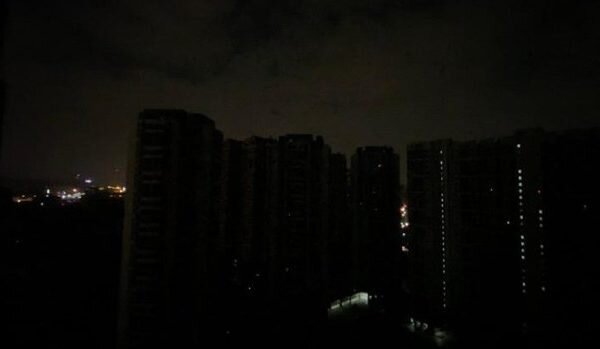
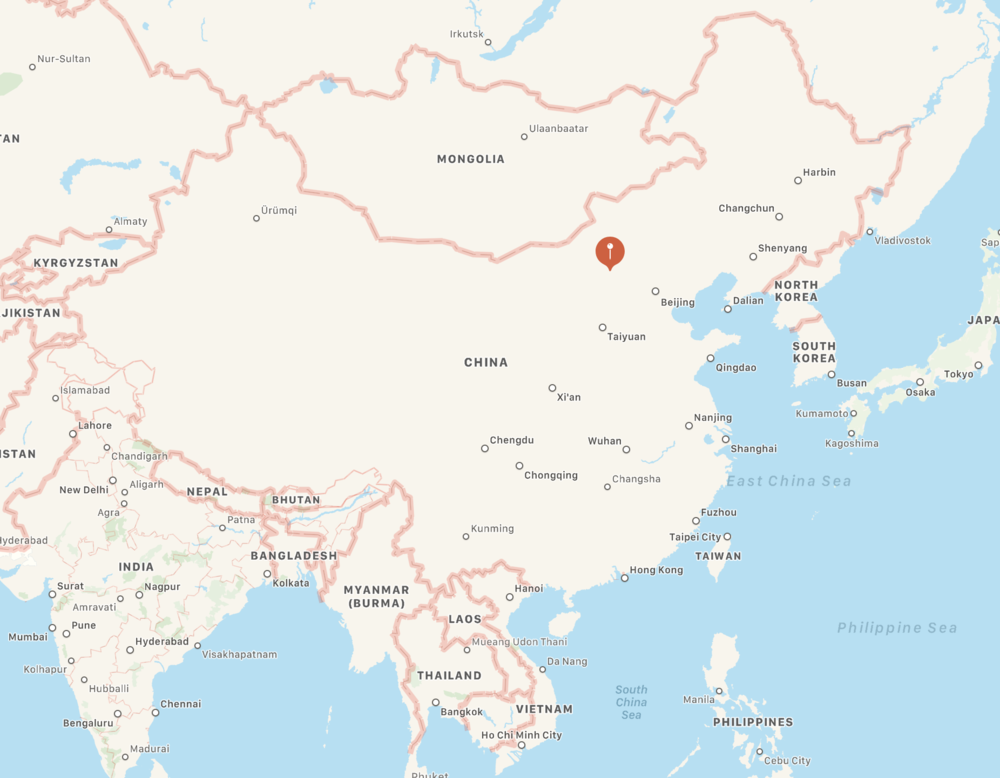



Viewer’s Feedback: Why Does The CCP Build Highways in Southeast Asia With Military Specifications? 觀衆留言:中共爲何在東南亞國家修建能承載坦克的公路?
(Jennifer’s note: Below is the comment left by Chen Huang under my video “How Has the CCP Turned Mekong River into a Political Chip to Control Southeast Asia?”
曾錚注:以下是一名叫Chen Huang 的觀衆在我的關於中共將湄公河變成它控制東南來國家的籌碼的英文視頻節目How Has the CCP Turned Mekong River into a Political Chip to Control Southeast Asia?下面的留言。留言是英文的,中文翻譯是我做的。)
Good to see you talking about this.
很高興看到你在談論這個問題。
I have worked as contractor for CCP SOE( state-owned enterprises ), as architect (Worked with Shanghai Construction Group mostly), and some of their projects in Cambodia… many are built to GB standard, especially some strange requirements, where highways from Phnom Penh to Saigon/Ho Chi Minh City and to Bangkok, were to be 500mm thick reinforced concrete, these are to accommodate military tanks….
作爲一名建築師,我曾做過中共國企的承包商,主要在上海建工集團工作,也參加過他們在柬埔寨的一些項目……項目很多都是按照中國國標標準建造的,特別是,有些項目有一些奇怪的要求,從金邊到西貢/胡志明市和曼谷的公路,都是500毫米厚的鋼筋混凝土,這些都是為了能承載軍用坦克才需要的建築標準……
Strange that Cambodia would need such a specification, many small details which raised my eyebrows.
我感到奇怪的是,爲何柬埔寨竟然需要這樣規格的公路?還有很多小細節,讓我大跌眼鏡。
Not to mention some of the specifications for the Ports and Airports that were built with CCP SOE investment money.
更不用說一些用中共國企投資資金建設的港口和機場的規格了。
After thinking about it, I know they are building to reinforce South China Sea PLA bases as well as encircling Vietnam and Thailand. This is a section of the greater ring being made to encircle India via Pakistan. (I’m talking about predominately Airports and Seaways, I worked less on the inland projects going through Myanmar, Tibet, etc),
我思前想後,終於明白他們這樣做,是為了加強南海解放軍基地,同時包抄越南和泰國。這是正在建設中的經巴基斯坦包圍印度的大環中的一段。我說的主要是機場和海路,我對經過緬甸、西藏等內陸項目參與較少。